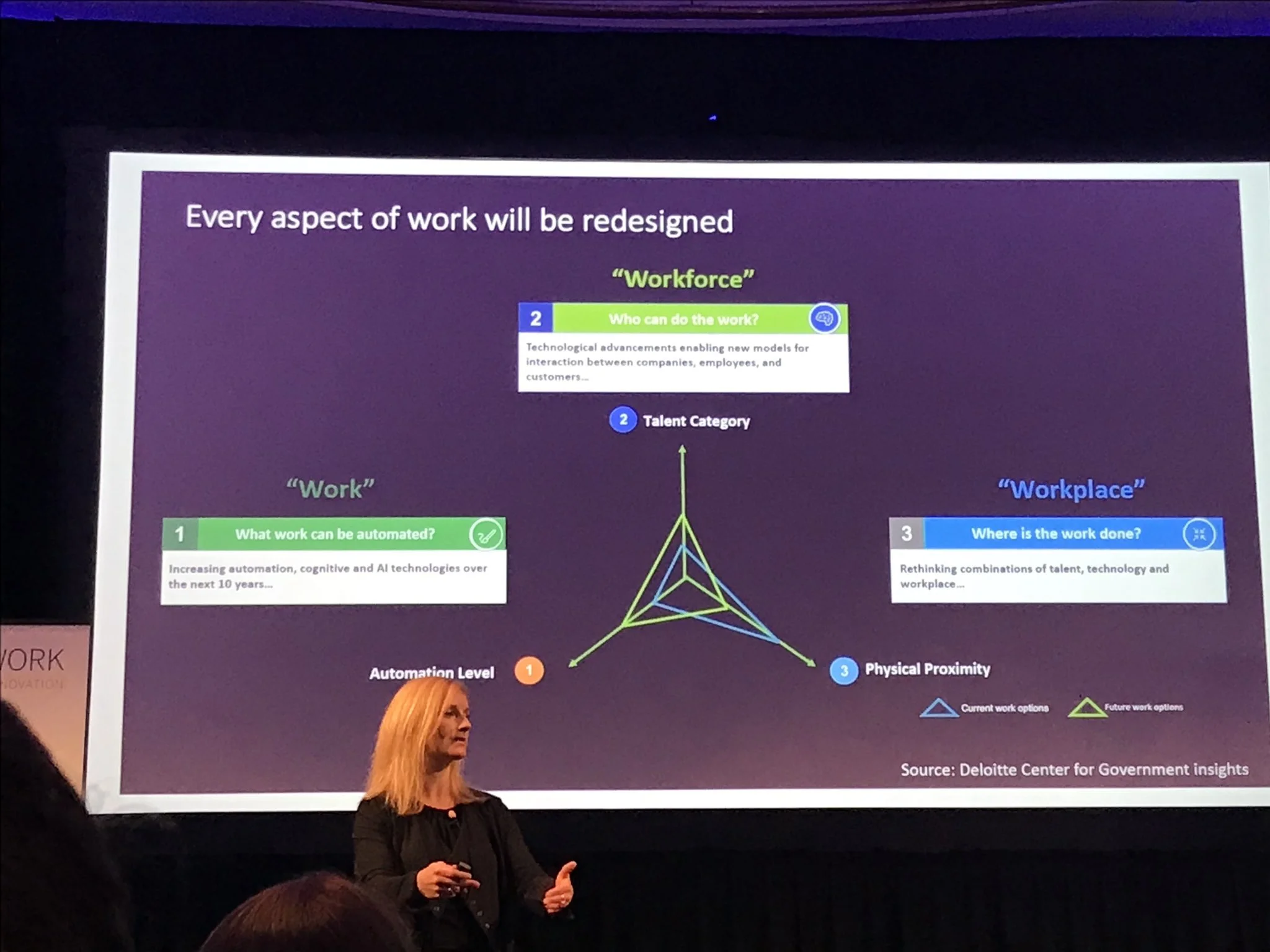Motivations: There are several drivers for Agencies and their OCFO shops to focus on performance management—and many of them are directly related to compliance activities. The following is by no means exhaustive, but demonstrates a few of the Agency performance and budgeting requirements that motivate OCFO’s to be engaged in any business transformation efforts that occur as a result of embracing Open Government principles:
- The Government Performance and Results Act of 1993 (GPRA) shifts “the focus of government decision making, management, and accountability from activities and processes to the results and outcomes achieved by Federal programs.” Under GPRA, annual performance plans must be submitted that outline performance goals, measurement approaches, and the strategies to achieve those goals. (Source: GAO Report)
- Executive Order 13450 – Improving Government Program Performance is the official policy of the Federal Government to spend taxpayer dollars more effectively each year. Agency Performance Improvement Officers (PIOs) must develop and improve the agency’s strategic plans, annual performance plans, and annual performance reports and assist the head of the agency in the development and use within the agency of performance measures in personnel performance appraisals, particularly those of program managers.
- The Program Assessment Rating Tool (PART) was “developed to assess and improve program performance so that the Federal government can achieve better results. A PART review helps identify a program’s strengths and weaknesses to inform funding and management decisions aimed at making the program more effective”. (Source: OMB Website) A Federal website,expectmore.gov, displays performance information online for the public.
Approach: OCFO’s must balance a myriad of pressures and priorities when developing the annual budget including performance management and strategic goals alignment. OCFO shops will be concerned with metrics, strategic alignment and the costs associated with any Open Government effort. When standing up an Open Government program, OCFO’s will be particularly concerned with the following questions:
- Do Open Government philosophies and programs enhance an Agency’s focus on their mission?
- Do the efforts support annual performance goals?
- Will senior managers be able to use the performance and financial data that is created through Open Government to manage their programs?
- How do we link agency employees’ appraisals to the agency missions, goals, and outcomes associated with Open Government?
- How will we apply program evaluations (PART) to assess the effectiveness of Open Gov programs?
- What is the full cost of achieving the performance goals associate with Open Government?
- What is the marginal cost of changing performance goals due to Open Government?
- Will budget requests need to be altered as a result of Open Government efforts?
- How do we measure baseline performance targets associated with the Open Government?
Partner’s Bottom Line: In order to implement an Open Government program that considers the answers to each of these questions, OCFO’s should:
- Integrate the Federal-wide goals of transparency, participation and collaboration into strategic planning and performance management for the Agency.
- Work alongside and appreciate the importance of “techies” to understand the scope and possibilities for the effort. This will enable them to understand how technology has evolved and will evolve to assist agencies in meeting the Federal-wide goals of transparency, participation and collaboration.
- Be open. What is defined as “success” and a performance target should be evolving as technology moves forward. We should not continue to pursue outdated targets as possibilities change with technology.
(Note: This is a part of a series that was originally posted on the Phase One Consulting Group, Government Transformation Blog when I was an employee there. www.phaseonecg.com/blog)




